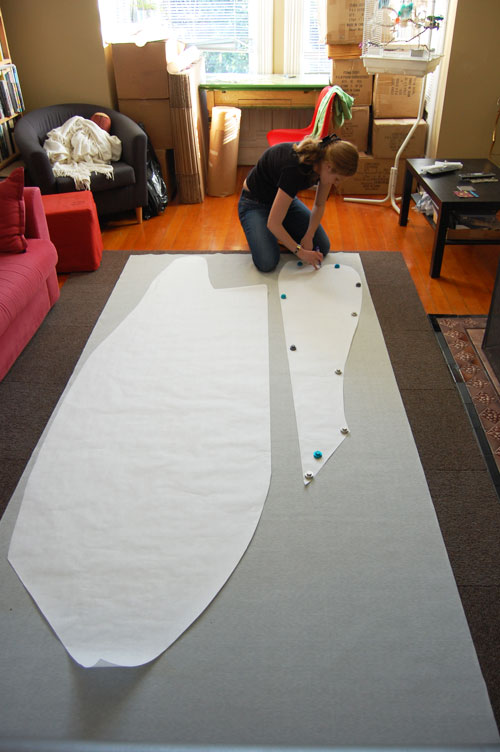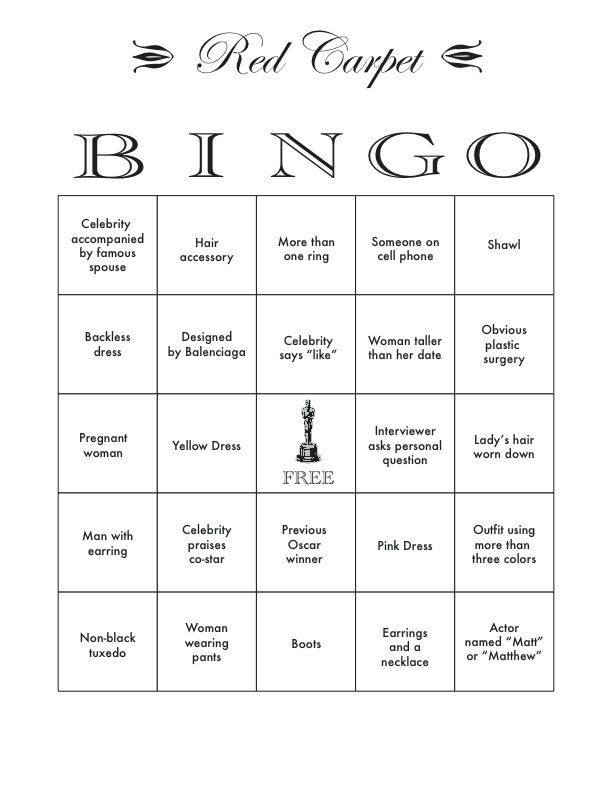Do you have any advice for how to calculate prices for creative products or services?
There are two main approaches to pricing your work: a bottom-up approach and a top-down approach.
The Bottom-Up Approach
The bottom up approach creates a pricing formula based on the time, skill, and materials you put into a piece. It is usually the best approach for freelancers or other creative service providers. It looks like this:
Price = Freelance rate x Hours + Materials
Step 1: Calculate your freelance rate
Visit Freelance Switch to calculate what you need to charge in order to live comfortably based on your business and living expenses. This is your break-even rate. Use this rate to charge for the hours you spend on non-skilled work like hole-punching or putting prints into plastic sleeves.
Next, add some profit to that rate to cover your “intangible assets”—that is, your creative ideas and skilled artisanship. One good estimate is to add $3,000 of annual profit for each year of experience or education you have in your field. This new rate is your ideal rate. Use this to charge for the hours you spend on skilled work like sketching designs, brainstorming with clients or intricate beadwork.
Step 2: Calculate your materials cost
Add up the cost of all the materials you need for your project. This includes transportation/shipping or the time it took you to get those materials (at your break-even hourly rate). Many Biz Ladies find it easier just to add a mark-up of around 10% to cover these costs. If a material is particularly difficult or expensive to obtain, you may want to mark it up higher.
You don’t need to include the cost of overhead (i.e. utilities, rent, office supplies) since this has already been figured in to your hourly rate.
The Top-Down Approach
The top-down approach creates a pricing formula based on the current market value of products or services similar to the ones you offer. You start with a competitive retail price and then work backwards to try to bring your material and labor costs in line. The bottom-up approach is usually the best approach for people selling products. It looks like this:
(Price – Expenses) / Hours = Hourly Wage
Step 1: Do some market research
In order to figure out a competitive retail price, you need to know what other people are charging for their goods. Do your research by visiting stores, fairs and web sites that sell products similar to yours. Make sure you extend your search beyond huge online marketplaces like Etsy and eBay, where items are often bargain-priced.
Pay special attention to products that share materials, style, process, or target customers with yours. For example, earrings made from a single plastic bead will not cost the same as earrings made from 24K gold cast in the shape of a spiderweb.
If you’re having trouble finding pricing information on your own, do a bit of crowdsourcing. You can ask participants in certain forums on Etsy or Craftster what they would pay for your products. Limit your crowdsourcing to forums that specifically encourage this type of feedback. Good etiquette recommends that you avoid asking for advice from competing sellers or from posting links to your products in blog comments. Don’t forget to continue the karma cycle by offering your feedback to others in turn.
Step 2: Do the math
Now that you have a good idea of what your retail price should be you need to decide whether or not you can afford to wholesale. Usually, a product’s wholesale price is about half of its retail price, so if intricately cast gold earrings are selling for $300 these days, their wholesale price would be $150.
Now, let’s say it costs $25 in gold (including shipping) to make your spiderweb earrings, and each pair takes you three hours to make. Using the formula above, you can make $41.67 an hour for each pair of earrings you sell wholesale.
($150 – $25) /3 = $41.67
Pretty good, right? But wait a minute, earrings don’t just sell themselves (no matter how talented you are). You spend your time on all kinds of things in order to run your business, so let’s take a monthly view instead.
For simplicity’s sake, let’s say you only make 24K gold spiderweb earrings. You work full-time on your business (about 180 hours a month) and you are able to spend half of that time actually making your products. The rest of the time you are doing things like bookkeeping, shipping orders, and answering correspondence. Let’s also say that the overhead for your business costs around $1,000 a month.
In 90 hours, you can make 30 pairs of earrings. Assuming you sell all of them wholesale, you make $4,500 a month. Let’s take that number and figure out your actual pay:
($4,500 – $25 x 30 – $1,000) / 180 = $15.28/hour
If you can live comfortably on that wage, you’re all set. Otherwise, you’ll need to make some adjustments. For example, you can buy larger quantities of materials to get better deals, or you can try to make your jewelry-making process more efficient.
If none of these adjustments gets you to a comfortable hourly wage, you might want to sell that particular product only at retail. Many designers who make high-priced items but still want to reach a wider audience will create a second product line that is specifically designed for wholesaling–for example, a line of less expensive earrings where the spiderweb design is stamped into a square of gold-plated metal.
Pricing is part of the marketing plan in my business plan template. This doesn’t make any sense to me. Why is it in this section?
Marketing encompasses more than just advertising. It’s comprised of everything that influences the way people see your business, and that includes your prices. For example, while it may seem counter-intuitive, raising your prices can sometimes boost sales by making your work seem more desirable.
At a Biz Lady meet-up in San Francisco years ago, I participated in a group session led by Meg Mateo Ilasco, author of the excellent business book for crafters, Craft, Inc. She described how she had decided to ramp down her wedding invitation business by doubling her prices. Instead of causing fewer people to hire her, however, it more than doubled her number of clients. The higher prices made her look like a more sought-after designer, which became a self-fulfilling prophecy.
Of course, raising your prices doesn’t always cause a stampede. The trick to maximizing your sales is to bring your prices in line with the rest of your marketing, including the taste and craftsmanship of the work itself. Whether you make stylish home furnishings or adorable character art, your prices should not surprise your target audience, and should look right at home on your packaging, on your web site, and in the stores and galleries that sell your work.
I cut my prices pretty drastically for a craft fair this past weekend to try to get rid of some inventory. I have a day job, so I just need to cover my costs. Another vendor selling similar stuff got angry at me and accused me of “threatening her livelihood.” I think she was totally out of line, but my friend disagreed. I don’t get it. Every business is free to set their own prices, right?
True, there’s no minimum wage law when you work for yourself, but there is a polite way to price. Here are a couple of common pricing faux pas to avoid:
- Changing your prices too often: yes, you should absolutely market-test your prices, but don’t just throw numbers out randomly to see what sticks. Focus on testing one or two products at a time, and try to do it at a live event like a craft show, where you can gauge customers’ reactions directly. Changing your published prices too often (like the ones on your web site) will make repeat retail customers think they are overpaying, and will make your wholesale customers struggle to keep their prices current.
- Pricing just to maintain your hobby: I think it’s lovely that you make so many beautiful things that you’ve run out of people to give them to. I also think it’s great that you sell your extras in order to support your hobby. It’s selfish, however, to sell a fair-isle sweater you knitted for just the price of the yarn. Your customers might be thrilled, but underpricing devalues creative work and makes it harder for creative professionals to make a living.
Sadly, there is no magic formula for pricing, but with some research, careful thought, and a little finesse, you can find the sweet spot that makes your business the most successful it can be. If you have any other pricing tips or questions, please feel free to share them in the comments below.



